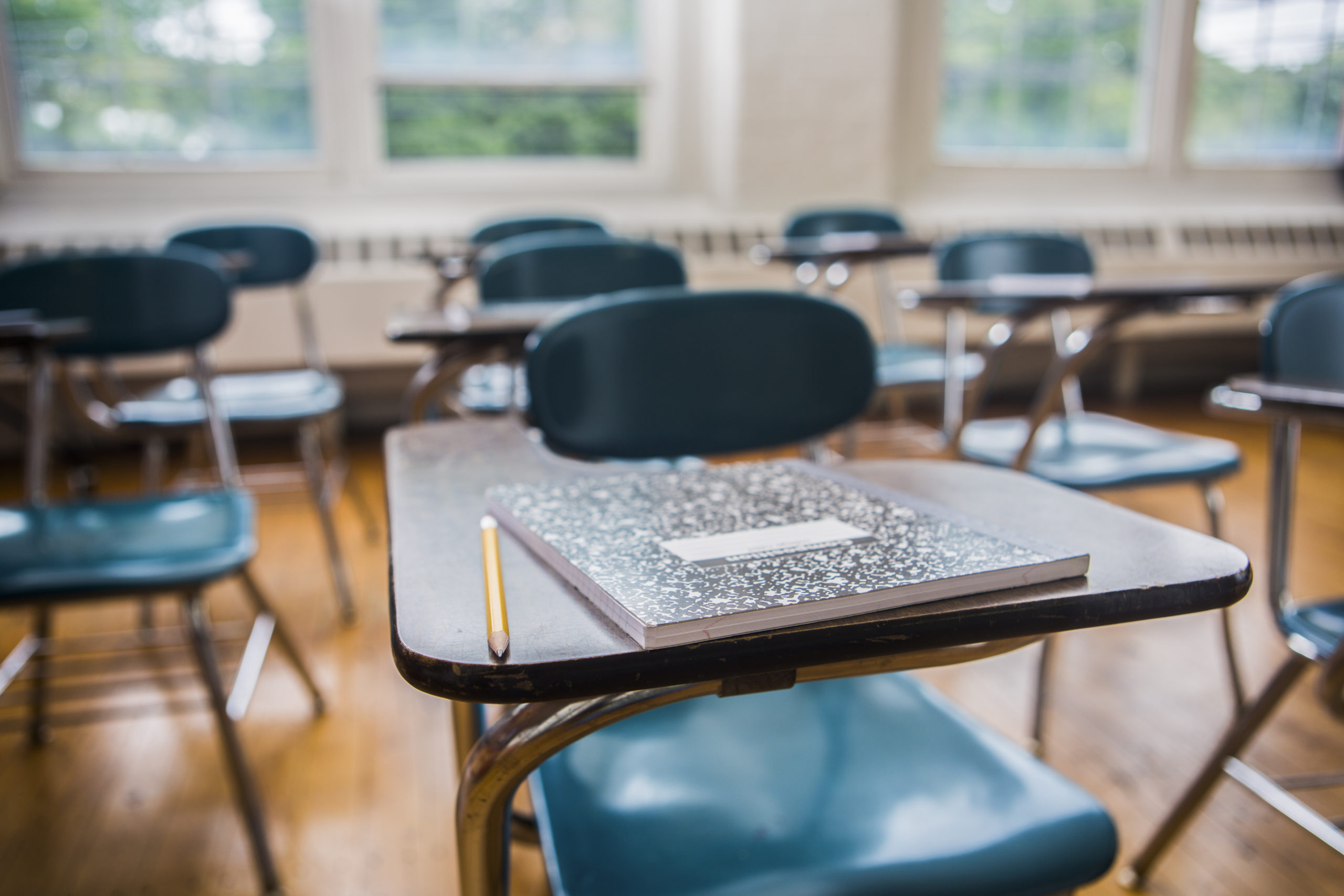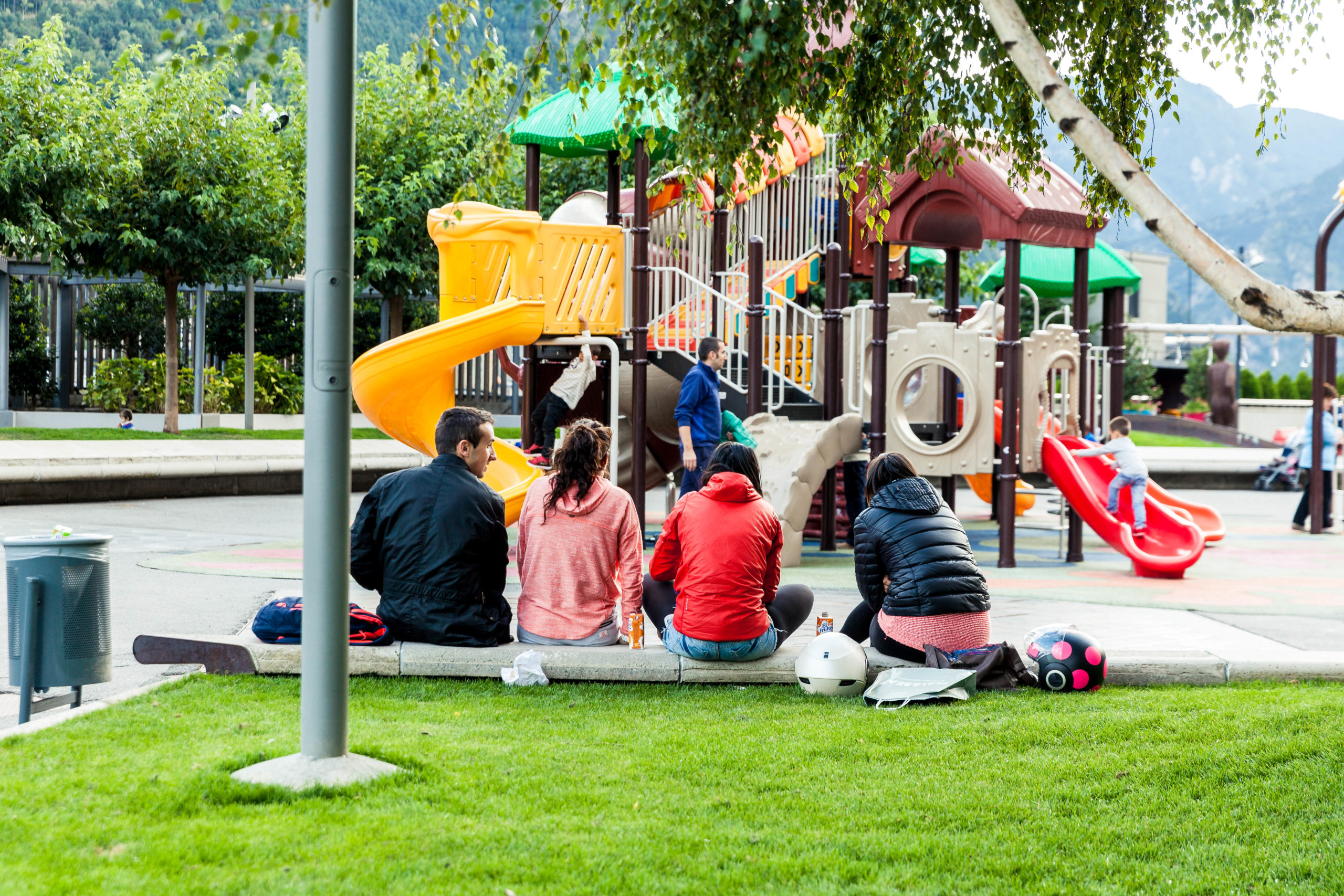Abortion rights, women of color, and LGBTQI+ people are under attack. Pledge to join us in fighting for gender justice.
Hey Secretary DeVos: Arming Teachers Doesn’t Create Safe Schools

 Betsy is at it again. At the end of August, the New York Times reported that the Department of Education was considering giving states permission to buy guns for school districts using federal funds. After facing backlash from members of the House [PDF], Senate, and teacher groups, Secretary DeVos tried to clear the air: She announced that she wouldn’t give schools permission to buy guns—but she wouldn’t prohibit them from buying guns either.
Betsy is at it again. At the end of August, the New York Times reported that the Department of Education was considering giving states permission to buy guns for school districts using federal funds. After facing backlash from members of the House [PDF], Senate, and teacher groups, Secretary DeVos tried to clear the air: She announced that she wouldn’t give schools permission to buy guns—but she wouldn’t prohibit them from buying guns either.
In her view, because Congress didn’t explicitly restrict certain funds authorized by the 2015 Every Student Succeeds Act, state and local governments are free to use those funds however they choose. DeVos inexplicably came to this conclusion even though the money at issue is meant to give low-income schools access to a well-rounded, violence-free, and technologically proficient education—no one intended it to be used for buying guns. After all, the statute specifically describes a safe school environment as one that is “free of weapons.” Congress also recently confirmed its longstanding position that federal funds shouldn’t be used to put guns in schools by enacting the bipartisan STOP School Violence Act, which explicitly prohibits states from using its funds for guns. To say the least, DeVos’s claim that Congress has been silent on this issue is skating on pretty thin ice.
This is just another demonstration of DeVos’s and this administration’s misguided and persisting belief that arming teachers is a good idea. Well, it isn’t, and everyone but the Department of Education (and, of course, the NRA) seems to recognize it. Teachers overwhelmingly reject the suggestion that being armed would make their schools safer. Students don’t want their teachers packing heat. And I’m sure parents don’t want to risk their child’s lives because a teacher left his loaded gun in the bathroom, or accidentally fired it in the classroom.
Sadly, I’m not surprised that DeVos wants to give states free rein to buy guns with federal money. She and this administration have indicated time and time again that they don’t care about school safety—particularly when it comes to the safety of girls of color. The administration has continuously advocated for increased police presence in schools, even though police intervention is likely to push students of color into the school-to-prison pipeline and exposes them to greater risks of police assault and violence. As we’ve highlighted before, Black girls in school are arrested at record rates even though they don’t commit any more serious offenses than their white peers.
DeVos has also indicated that she wants to rescind Obama-era guidance highlighting the fact that students of color are disciplined more harshly than white students for the same offenses and reminding schools that discriminatory discipline violates federal civil rights law. The guidance also discourages suspending students for minor offenses and encourages alternative methods of discipline. That shouldn’t be a controversial perspective, considering that fact that suspensions notoriously don’t work to correct problematic behavior and are directly associated with academic failure and school dropout. But instead of doing her research and accepting that harsh discipline practices don’t work and are disproportionately used against girls of color, she chose to elevate the unhinged position—advanced by some conservative extremists—that discouraging discriminatory suspensions increases the risk of school shootings. That opinion is based on nothing but pure fantasy. Returning to zero-tolerance policies that fueled discriminatory enforcement would not decrease the prevalence of school shootings.
The sad thing is, this isn’t even the latest step DeVos has taken to make schools less safe. Last week, we learned that she intends to replace rescinded guidance on how to address sexual harassment and assault in schools with horrendous new regulations that drastically narrow the definition of sexual harassment and limit school responsibility for mishandling survivor complaints based on which school official receives the complaint and where the assault takes place. And even more horrendously, the Department is reportedly proposing these rules with the goal of decreasing the number of Title IX investigations. You read that correctly. The Department is proposing a rule on Title IX—a law meant to uncover sex discrimination—with the goal of decreasing the number of investigations that would uncover sex discrimination.
And yet again, who stands the most to lose from DeVos’s proposed changes? You guessed it—girls and women of color. Rates of assault against girls in K-12 and college are roughly the same regardless of race or ethnicity, but administrators (likely driven by implicit stereotypes that paint Black girls as hypersexual and aggressive) are more likely to ignore harassment against Black girls—or worse, punish students who report harassment. The Department’s efforts to encourage schools to avoid investigating Title IX complaints and tip the scales against survivors will only serve to further discourage girls of color from reporting assault and make it harder for them to thrive in school.
Bottom line: armed teachers, more police officers, harsher discipline, and the erosion of protections for survivors of sexual assault are not what kids—particularly girls of color—need to stay safe in schools. They need counselors to address mental health needs; professionals who are culturally competent and skilled at addressing race- and gender-based barriers in education (such as harassment and implicit biases); positive intervention and conflict resolution resources to build socio-emotional skills; and robust Title IX investigations that are fair to both survivors and accused students. We’ve done our research on what a safe, healthy school environment looks like for girls. We call on Secretary DeVos to do the same.





